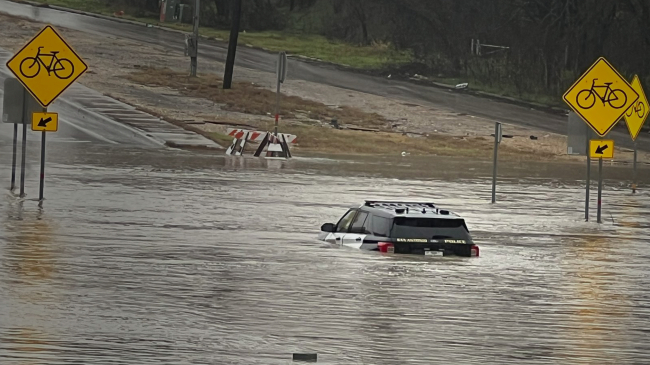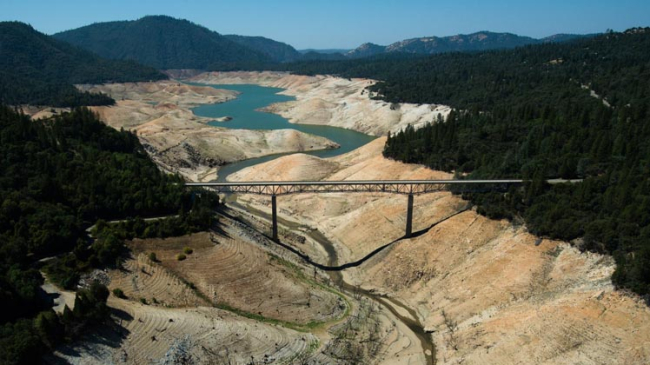UPDATED: March 3, 2017.
Photo location was corrected in caption: The city depicted is Denver, not Boulder, Colo.

Ground-level ozone in the form of smog, shown here in Denver, Colorado, is a growing problem in the western United States and elsewhere around the world. (Image credit: National Renewable Energy Laboratory, Colorado State University )




